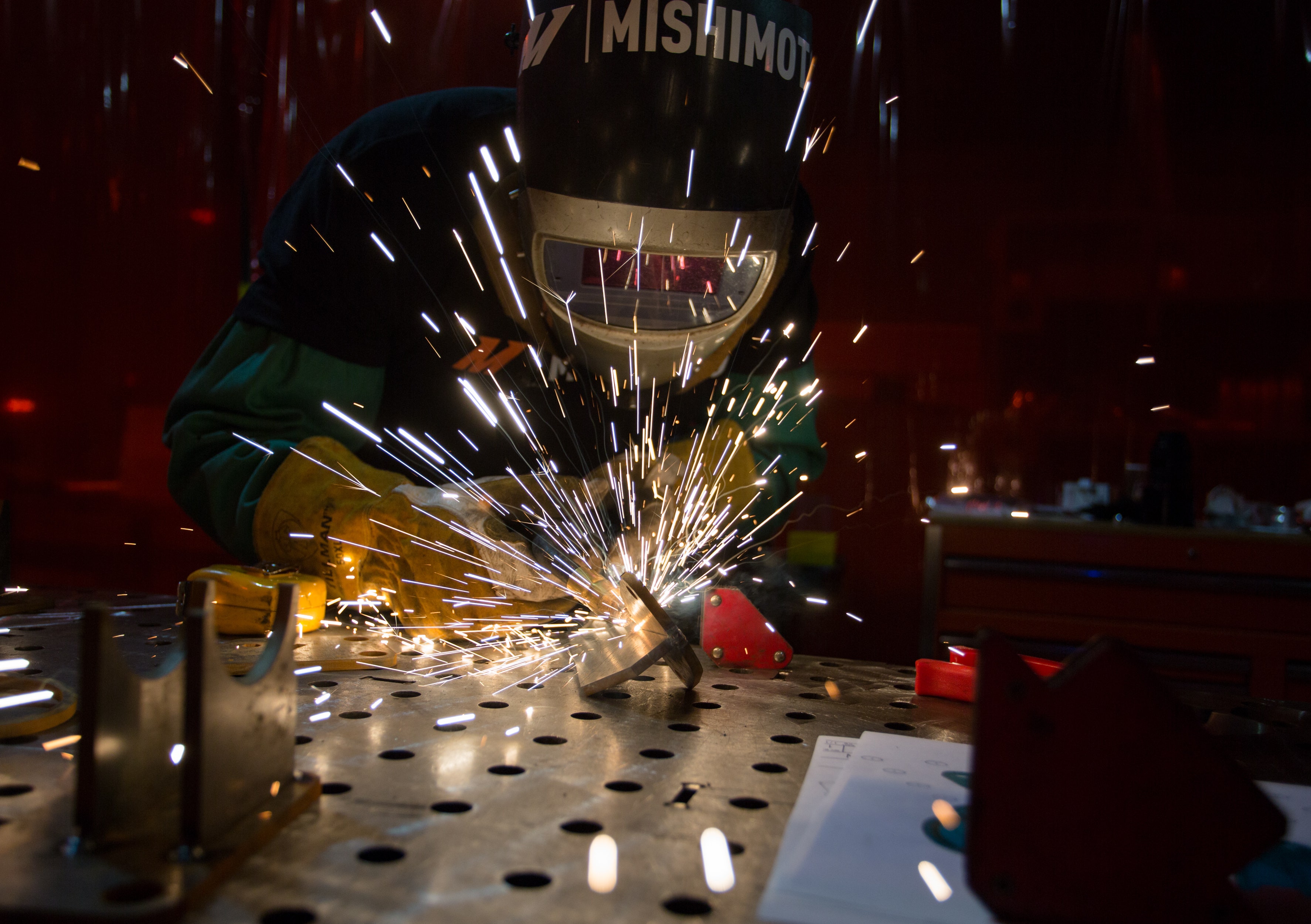
InterCOOLactic Planetary - 2017+ Honda Civic Type R Intercooler Kit R&D, Part 3 - Piping Design Plans
Honda might have changed the game in the world of hot-hatches with the latest generation of the Civic Type R, but if you recall from the stock review, the FK8's intercooling system barely met the classification of "gamechanger." We're already well on our way to elevating the Type R's charged air heat exchanger to that level, as we covered in our last post, but what about the piping? After all, the car is an ecosystem and can only be as strong as its weakest component.
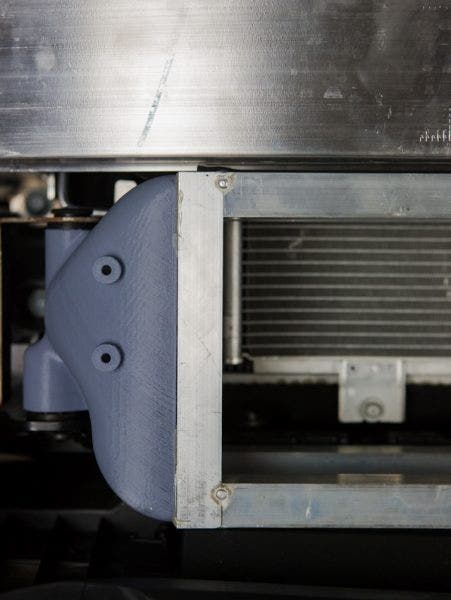
Discussing the new piping requires a brief recap of our design plans for the intercooler itself. Specifically, we'll start with the revised end tank design. In the Type R's stock form, the piping was a combination of a rubber hose and a piece of cast aluminum which attached to the inlet and outlet of the core by means of a specific bracket design. Our engineer found that the stock openings on the intercooler were too small and would cause a restriction in airflow if left as is, especially once a tune got involved. The 58mm ovals on the end tanks transitioned into uniform 69mm circles, which eliminate the need for couplers all while reducing restrictions in the system. With the increase in size with the inlet and outlet, naturally the next step was to upgrade the piping.
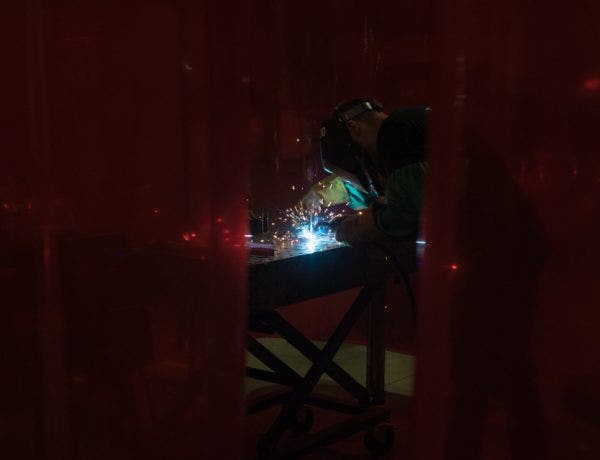
A significant part of our planning process is fabricating the design. Having the tangible representation of our new components is beneficial to ensuring fitment and preliminary flow testing.
First on the docket is to revise the construction. Again, the factory piping system consists of reinforced rubber and cast aluminum, but that feels like an upgrade considering we usually find plastic. The aluminum part is just about the only aspect that is going to stay the same. However, instead of casting our aluminum, we decided to change the main section of the cold-side to a 63.5mm diameter mandrel-bent pipe. The cast couplers, rubber sections, and just about the entire hot-side section is now going to consist of our tough 5-layer silicone. Not only do these materials provide a slick interior surface to aid airflow, but they'll add durability over the rubber components.
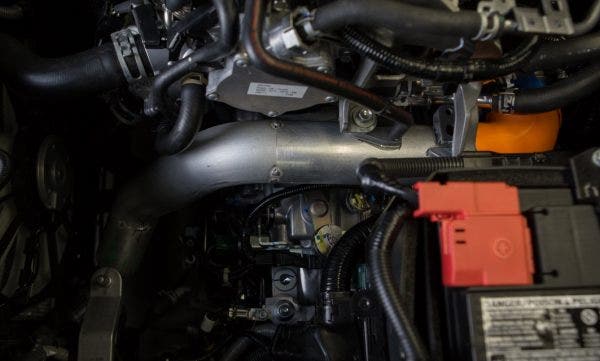
A sneak peek at what our cold-side intercooler pipe will look like installed. It follows the same path, but just a bit more straight along the way.
Once the construction materials were decided, we now needed to straighten out our pipes. Since reducing restriction is one of the main objectives behind this new intercooling system, our engineer used the available space to increase the inner diameter of the pipes and reduce the amount of bends and angles. Since running air around bends and past obstructions will cause friction and heat, by giving the charged air a more direct path we're making sure it's all kept cool.
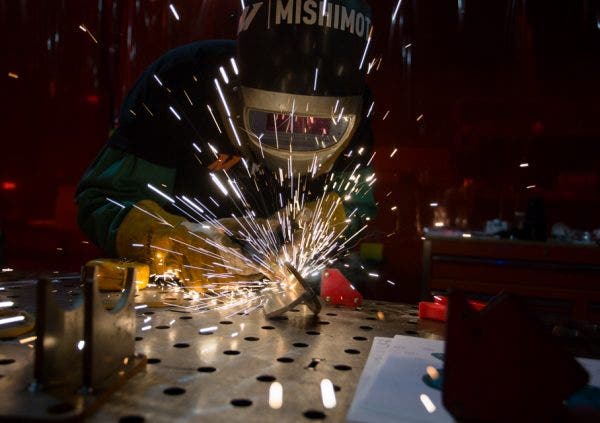
The first step in the prototype fabrication process is building the jigs. These lay the framework for our new piping designs, ensuring that what Dan came up with on Solidworks would fit perfectly in the Type R.
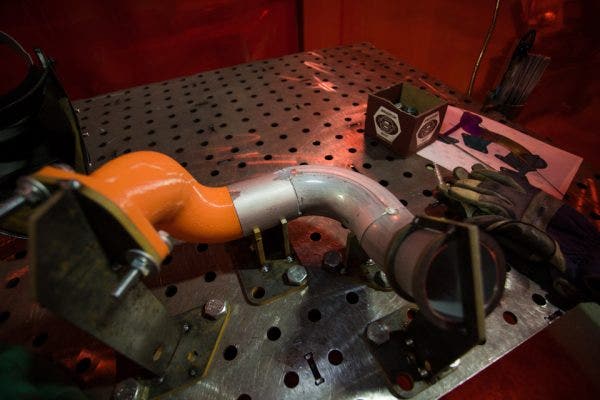
The only component that is remaining stock on our piping kit is the adapter to the turbo. Since the opening on this piece is an exact match to the turbo, there was no flow restriction into the intercooler.
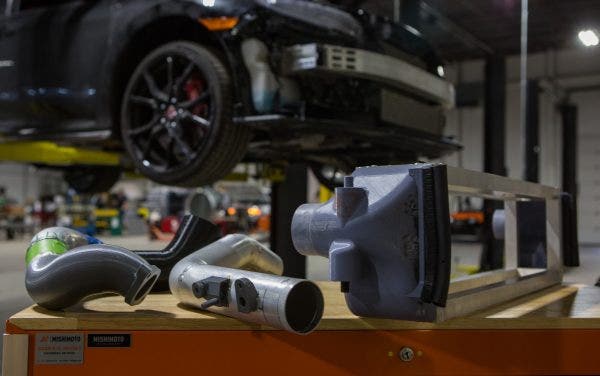
With the plans for out intercooling system finalized, we just have to sit back and wait for our first run of production samples to arrive at our R&D facility. You might also take notice that we've been referring to our intercooler as a full kit, and that's simply because when you upgrade to our intercooler, the piping is coming as a package deal. With the improvements that Dan made to the end tanks, the only way to properly channel the air through the system was with pipes specifically designed for the new and improved inlet and outlet. Just another way we plan on keeping your K20 cool.
Thanks for Reading!
-Nick




